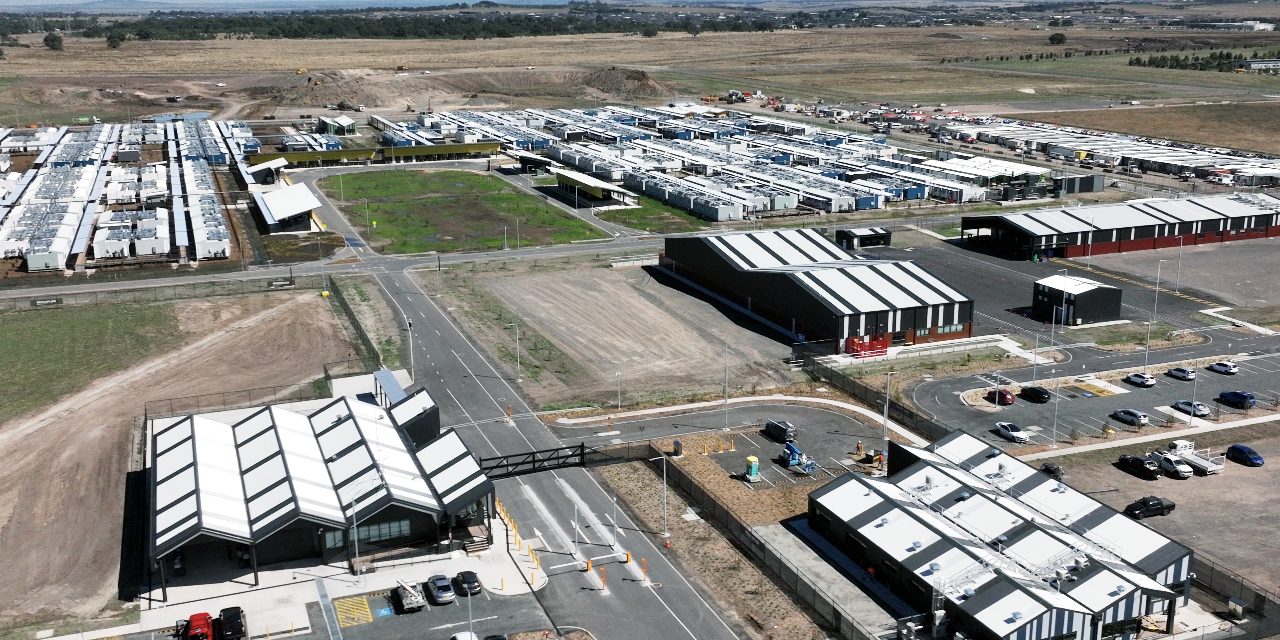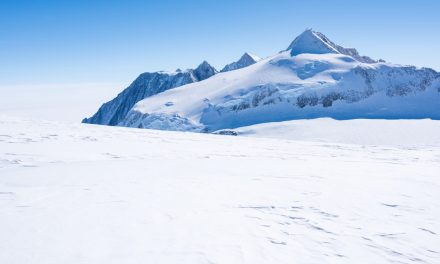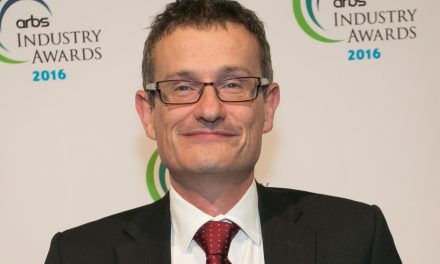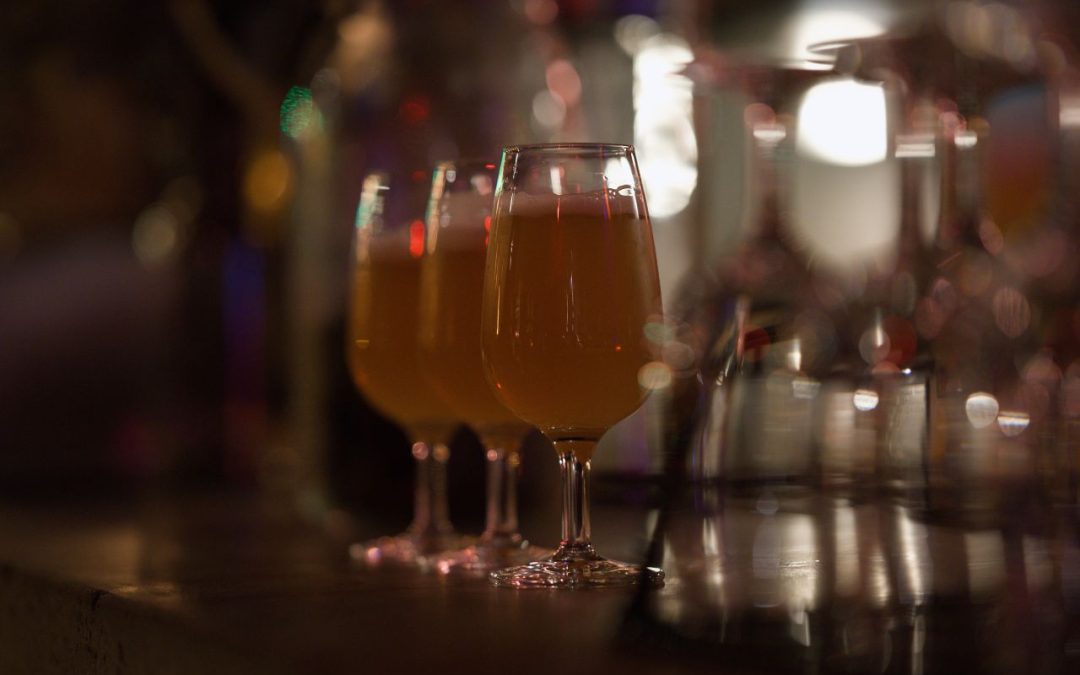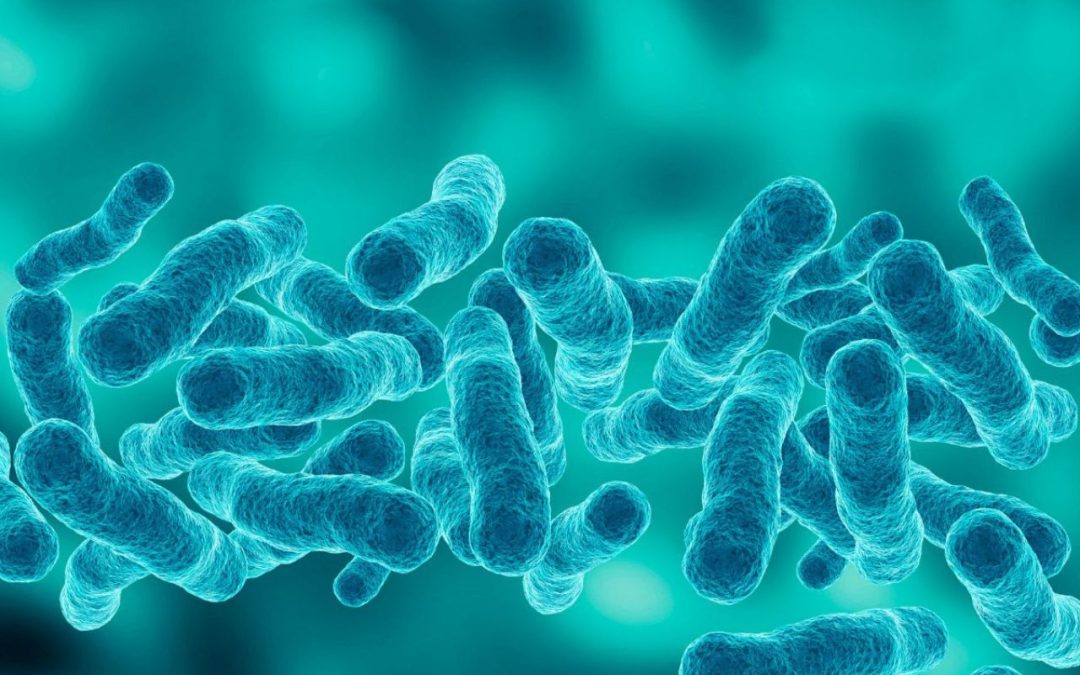Ventilation and COVID-19 control are the priorities at the Victorian Quarantine Hub.
Hotel quarantine has officially ended in Victoria, with the purpose-built Victorian Quarantine Hub becoming the sole quarantine site for unvaccinated travellers as of this month.
After opening its doors in February, the facility in Mickleham, north of Melbourne, has gradually been ramping up operations to accommodate up to 1,000 residents at any one time.
Logical lodgings
As well as unvaccinated travellers, the facility can accommodate eligible community members who test positive for COVID-19, but who cannot isolate at home, such as healthcare workers. It could also operate as emergency accommodation after natural disasters. The government says the hub will be critical in any future pandemics.
“Unlike hotels, which needed to be retrofitted to meet quarantine and ventilation requirements, the Victorian Quarantine Hub is a purpose-built quarantine facility, designed in a way which places infection prevention and control at the heart of its operations,” says a spokesperson from COVID-19 Quarantine Victoria (CQV).
“The hub operates in an open-air setting supported by bespoke ventilation systems, which provide residents with a constant flow of filtered fresh air, independently supplied to each cabin.”
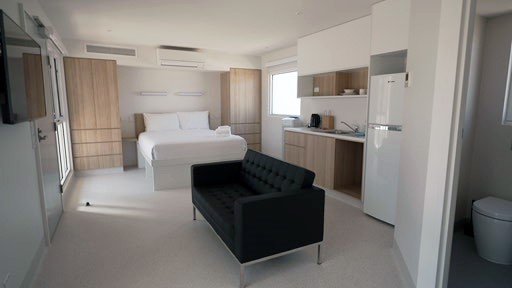
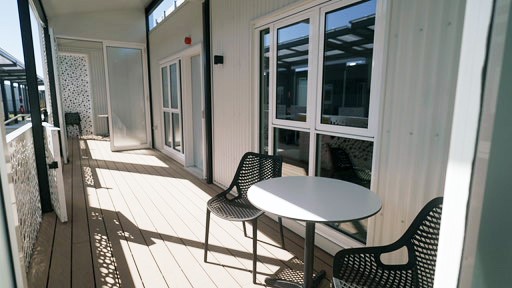
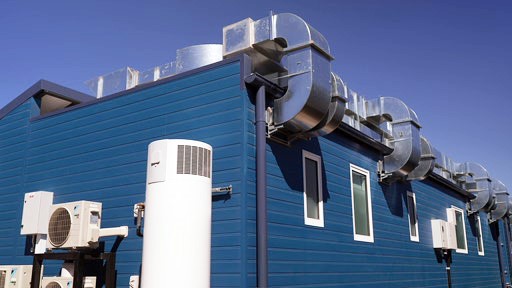
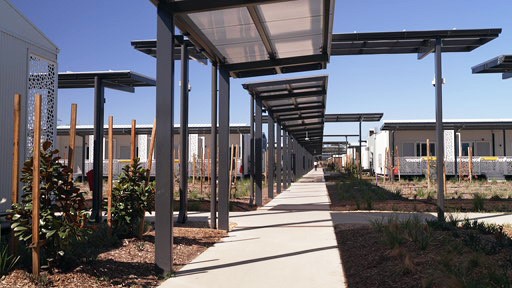
A better way
The government says that the lessons from hotel quarantine have been taken on board in the design.
“The hub’s open-air setting will eliminate many of the challenges of hotel quarantine,” says CQV Commissioner Emma Cassar, “with standalone cabins allowing for a constant flow of fresh air and no shared ventilation systems among residents.”
Various aspects of the design were considered by a ventilation reference group. The operating model, meanwhile, was developed with a range of technical specialists, including architects, engineers and infectious disease experts.

Bespoke ventilation systems provide residents with a constant flow of filtered fresh air, independently supplied to each cabin.
